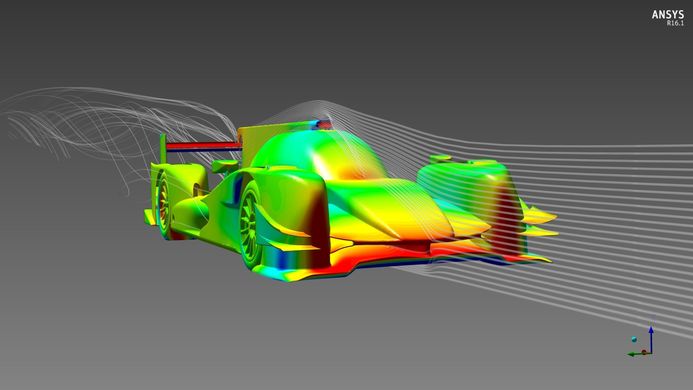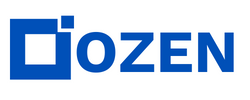
Two-equation turbulence models have matured to a point where a consolidation seems desirable. ANSYS developed a new turbulence model family called Generalized k- ω (GEKO) model with the goal of turbulence model consolidation. GEKO is a two-equation model, based on the k- ω model formulation, but with the flexibility to tune the model over a wide range of flow scenarios. The key to such a strategy is the provision of free parameters which the user can adjust for specific types of applications without negative impact on the basic calibration of the model. In other words, instead of providing users flexibility through a multitude of different models, the current approach aims at providing one framework, using different coefficients to cover different application sectors.
The GEKO model offers six free parameters – two of them aiming at wall bounded flows, two for the calibration of free shear flows, one coefficient to improve corner flow simulations (corner separation) and finally a curvature correction term. By allowing the user to change parameters one at a time, users are given more control over the adjustments made to their model. Further refinements can be made to the model by using UDFs to adjust the parameters locally. However, the default parameter settings have been tuned to be comparable to the SST model, which is a common model applicable to many industries and so modification of the parameters is not necessary. The GEKO model has been developed and tuned for the purpose of being an all-encompassing turbulence model that can be used in almost any application in place of the long list of previous turbulence models.
By Adam Remmel



